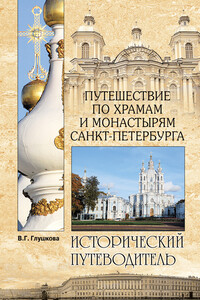The craftsman found his subjects in many fields - art traditions, folk poetry, everyday life, illustrated old Russian manuscripts. When the image was simple, it was executed on the spot without preliminary contour drawing. In this event the tile-maker worked freely, but no corrections were possible as the water-diluted paints, leaving a coloured layer on the surface of fresh glaze, were immediately absorbed by the slab. Among simple and primitive patterns images of people and animals are often executed with a perfect knowledge of anatomy. By the late eighteenth century classicism introduced greater simplicity and severity of contour, and balanced composition in tile ornament. Opulent frames were replaced by simple borders enclosing an antique vase, urn, a ribbon-tied bouquet of flowers, fruit. Sometimes a general pattern covered the whole surface of the stove, each tile bearing a part of the composition. The colours were cold - skyblue or darkblue against a white background. At this time high relief or "faience" stoves, coated with dazzling white enamel became fashionable. Such stoves, mounted in the mansions of the wealthy were an important element of the interior decor. Adorned with vases, sculptures, bas-reliefs on mythological themes, they were very striking. The stove displayed in the Museum is quite modest. It is dated 1806 - the time the house was built. The stove seemingly consists of two parts - the upper one, decorated with a relief eagle perched on a basket of fruit, and the lower, depicting a swan in relief, with a wreath on its neck. Both images are enclosed in floral ornament. Whenever possible, these stoves were fired from the corridor or from a back room. This type of stove, worked out in the late eighteenth century, was widely used up to the 1840's.
In the course of the nineteenth century the artistic significance of the Russian tile gradually decreased. Patterns became simpler. Colours employed were either blue or brown, sometimes green. The central image was reduced to a simple flower. Gradually the central pattern vanished and only a straight narrow ffame remained. Such cheap and easily-made tiles were in use everywhere. Only the provinces still preserved the variegated tiles of old. For instance, in the middle of the nineteenth century Kaluga craftsmen continued to make tiles with a rich baroque frame, enclosing either a large basket of flowers and tiny lemons, or a bouquet of flowers tied with a ribbon. Stoves faced with such tiles were simple, no architectural details broke the surface and the stove resembled a carpet with subdued, rhythmic ornament.
Special attention should be drawn to Northern tiles. Solvychegodsk, Totma, and Veliky Ustyug had their own tile workshops. The tiles in the Museum can be dated back to the eighteenth and the first half of the nineteenth century. There is little difference between them as the traditions and tastes worked out in the seventeenth century were adhered to for almost 200 years. Traditional Northern colours - green, white and yellow and sometimes dark-blue dominate. The image, always in relief, occupied several tiles. Usually it is flowers connected by interlaced twigs. By the late eighteenth century the design became simpler. Ornamental nettings of relief braces became a favourite. By the middle of the nineteenth century Northern tiles acquired the same features as those of Central Russia.
By the late nineteenth century some tile-makers and architects tried to revive tile art in the pseudo-Russian style. Ceramic panels from the Kuznetsov home in Moscow are of this kind. Stylization and a medley of ornament are combined with technical perfection.
A valuable contribution to tile art was made by the Abramtsevo pottery workshop. Its establishment, together with the appearance of other Russian workshops and schools, was a reaction to mass production of large factories. The many items, different styles, which were spreading through the country, impelled artists to turn to the traditions of folk art, to national originality.



